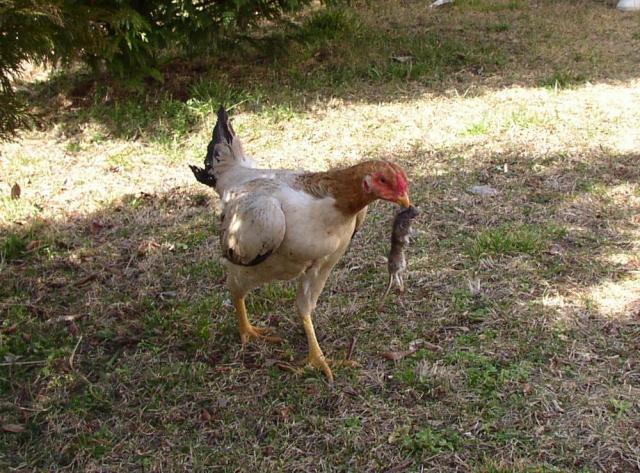In my opinion, if you have chicken feed, you are going to have rodents. Store it in a secure metal container to keep the feed from getting contaminated or giving them an easy meal, but mine spill enough feed to attract rodents whether I take it up at night or not. Again, if you take it up at night, you are not giving them an easy meal, but that will not eliminate them.
If you can, a barnyard cat is a great way to reduce the rodent population. Not everyone can do that, but a barnyard cat is a tried and true method.
Some people use poison. I don't, but that is just me. Chickens will eat mice if they can catch them. A poisoned mouse can be pretty slow and may be out and about looking for water or something where the chickens can find them. The amount of poison it takes to kill a tiny mouse is probably not enough to kill or maybe even harm a huge (by comparison) chicken, but enough stuff happens around here that I don't need to offer more opportunities.
Traps work. Snap traps, live traps, sticky traps, whatever. Obviously put them where the chickens can't get to them. If you have a separate store room or such, you might have a safe place for traps. If you have to put them out where the chickens are, build a box or such that the chickens can't get in but the mice can. It does not take much of a hole for the mice to go through.
Rodents travel along walls. Put them along a wall.
If you can, a barnyard cat is a great way to reduce the rodent population. Not everyone can do that, but a barnyard cat is a tried and true method.
Some people use poison. I don't, but that is just me. Chickens will eat mice if they can catch them. A poisoned mouse can be pretty slow and may be out and about looking for water or something where the chickens can find them. The amount of poison it takes to kill a tiny mouse is probably not enough to kill or maybe even harm a huge (by comparison) chicken, but enough stuff happens around here that I don't need to offer more opportunities.
Traps work. Snap traps, live traps, sticky traps, whatever. Obviously put them where the chickens can't get to them. If you have a separate store room or such, you might have a safe place for traps. If you have to put them out where the chickens are, build a box or such that the chickens can't get in but the mice can. It does not take much of a hole for the mice to go through.
Rodents travel along walls. Put them along a wall.


